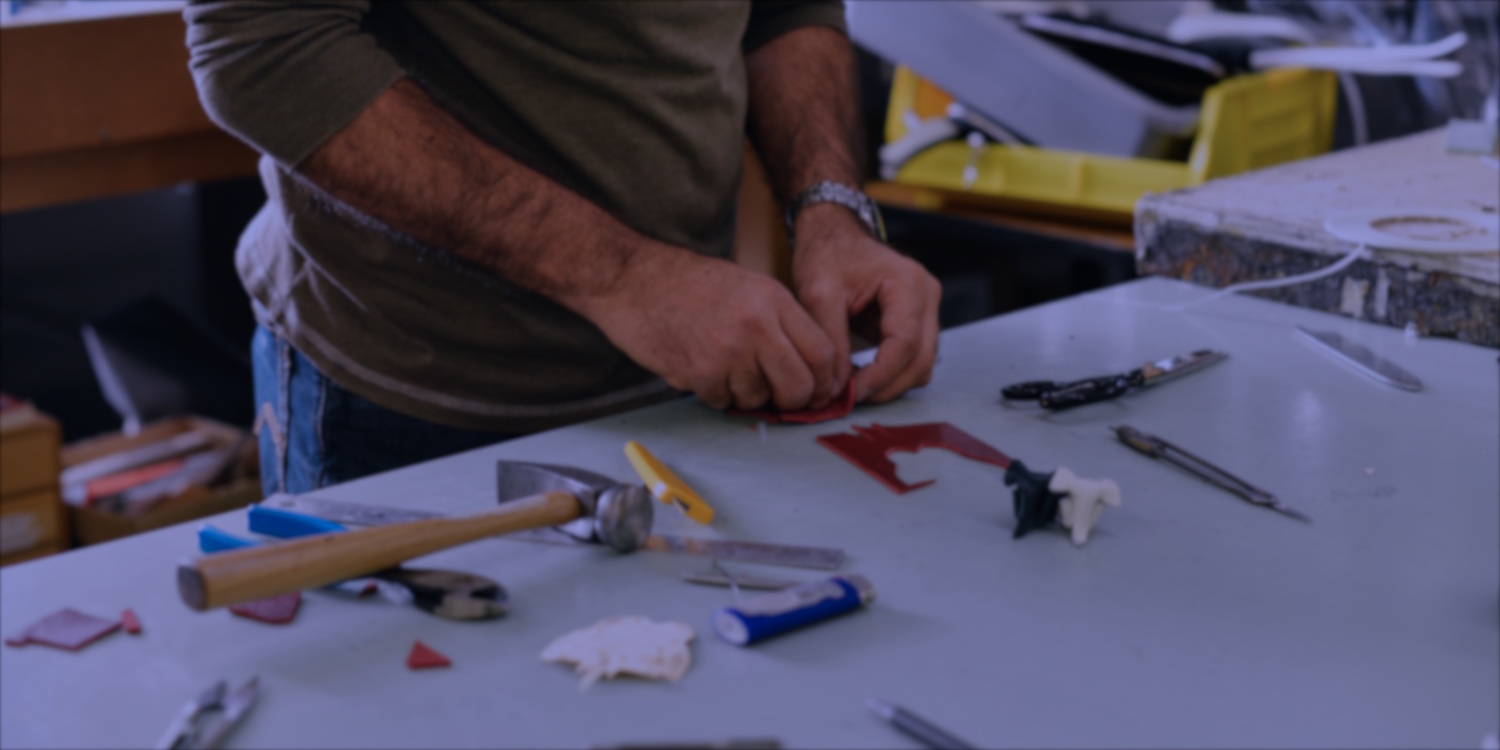You totally intended to wake up early so you could make headway on that project you’ve been putting off.
But when your alarm began to blare, sleeping in seemed like a better idea. And so you smacked that snooze button.
Has this ever happened to you? If so, the good news is there are proven ways to motivate yourself to get up and do the work. And today, I’m going to share those techniques with you.
But first, a story…

Building an Audience
Robert — let’s call him Bobby — was born to an average American family in Butte, Mont., in 1938. Not long after, his parents split, leaving Bobby to be raised by his paternal grandparents.
Bobby’s early life wasn’t promising. He was a bit of a hooligan, actually. He dropped out of high school as a sophomore. He crashed a motorcycle in a police chase.
Getting a picture of this guy?
Bobby’s work experience was no less tumultuous. He operated a drill in a copper mine, ran a semi-pro hockey team, joined the army, and even sold insurance at different points in his colorful career path.
Clearly, Bobby tried lots of things, but none of them satisfied him (or fully paid the bills).
Here’s something else you need to know about Bobby: He craved the tingle of adrenaline that flooded his veins whenever he tried something risky. And he also loved motorcycles.
So — remembering a daredevil stunt show he’d seen as a child — Bobby devised a plan to draw a crowd and make some money. He decided to pop a few wheelies on his motorcycle and then jump a 20 foot-long box filled with rattlesnakes and two mountain lions.
And that was just the start.
Over the course of his danger-filled life, Bobby — or as you may have guessed by now, American stunt legend “Evel” Knievel — set numerous records. In 1973, he soared over 50 stacked cars. A year later, he flew over 14 buses.
And with each successful jump, people wanted him to add one more car, to make it even more dangerous. So he did.
As a result, Knievel is still remembered today as the guy who pulled off crazy stunts. But the thing is, many of his jumps weren’t successful. In fact, Knievel crashed a lot. He reportedly broke 433 bones in his failed attempts.
That’s a lot of pain to endure. So why do it? Was he simply a lunatic?
Maybe. But even so, Knievel was ultimately driven by his audience — one that demanded more from him.
In an interview with ABC Sports, Knievel discussed his devotion to keeping his word, sharing that even if he doubted his ability to actually make a jump, he’d do it anyway because he knew people were expecting him to.
He believed that “…when you give your word to somebody that you’re going to do something, you’ve got to do it.”
So Knievel suffered from a diehard dedication to his fans, to following through.
After all, do you think he would have attempted to jump 14 buses if no one had come to see? The expectations of the crowd — the fact that thousands of people paid and showed up to see him jump (or crash) — drove him to do literally unbelievable stunts.
Now he’s an icon. A household name.
Hold this story in your mind. I want to change gears for a moment.

Your Business Needs a Buddy (or, Ideally, Lots of Them)
In fitness, there’s this idea that having a workout buddy can help you exercise more consistently. Because, you know, they’re counting on you to show up.
Actually, it’s not just an idea. It’s a proven fact.
A study found that married couples who joined a fitness program together were 583% more likely to stick to it compared to their single counterparts.
Compelling stuff.
The exciting thing about this — the relationship between accountability and getting stuff done — is it seems that the same is often true in other areas of life. It’s easy to talk ourselves out of doing the work. But when others know we’ve committed to something, we’re more likely to deliver.
Robert Cialdini, Ph. D., wrote about this connection between commitment and consistency in Influence: The Psychology of Persuasion. The nugget of insight uncovered by the multiple studies Cialdini cites is this: Once we commit to something — and people know it — we’re much more likely to act consistently.
Accountability: the Secret to Getting Stuff Done
So we’ve looked at the life of a legend. And I’ve thrown a few facts and figures about exercising and psychology around. But what’s it all mean?
If you haven’t made the connection yet, I’m suggesting accountability could be exactly what you need to make yourself do whatever you’ve been itching to do.
One thing I didn’t really anticipate when I started Music for Makers is how accountability is essentially baked in to the business model. Every week, thousands of people expect an email from me.
That thought alone gets me out of bed in the morning (and keeps me working late into the night). It creates a degree of pressure that’s a little uncomfortable at times, sure. But it also gives me purpose — a reason to create.
As a result, I’ve recorded and released more music in the past seven months than I did in 10 years as a musician.
Accountability forces consistency — it forces you to ship.
So whatever you’re working on (and especially if it’s something ambitious, like a startup), think of how you might work in accountability.
One way to do this is to offer something valuable — something people will actually complain about if you don’t deliver.
Can you imagine what would happen if the mail service suddenly decided it just wasn’t going to deliver mail anymore? There might be a few complaints.
For Music for Makers, the valuable thing people will complain about if they don’t get is royalty-free music — one free song a week. And trust me, if someone has trouble downloading a song, they let me know.

How to Build Accountability into Your Project
You’re probably not making royalty-free music. So how can you build accountability into what you’re doing? Here are five ideas:
1. Invite people to join a waiting list for the product you’re creating.
Ideally, you’ll want to offer some kind of “early adopter” discount or bonus to incentivize signups. Then, just watch the list (and anticipation for your product) grow.
Whenever you start feeling deflated, like you’ve got no drive left in you, just think about all those awesome people waiting on you to give them your thing.
2. Add a “bonus” to your existing business.
This is similar to what I’m doing at Music for Makers. The general idea is to offer something of value on a regular basis and get people to sign up for it. This could be an email subscription to something — either free or paid.
One of my favorite examples is Creative Market’s “Free Goods of the Week.” Every Monday, I get an email with awesome new resources — website templates, fonts, icons, and more. I’m sure this tactic is part of Creative Market’s great success, even if in a small way.
3. Start a (really good) email newsletter.
There are a few e-newsletters I can’t wait to open whenever they land in my inbox. They’re so good, in fact, that I notice when they come a day late.
To get this kind of reaction from people, you need to be offering some serious value — not just your company’s latest corporate updates (please).
4. Join an accountability group.
Accountability groups are OK, as long as they actually do what they’re supposed to (i.e. keep you accountable). I think so many people fear being seen as too preachy or demanding.
Plus, people in these groups often have no horse in the race, so to speak. They’re not subscribed to receive something of value you from you every week (or month or whatever). They aren’t waiting to get that widget you’re making. So they may not be quite as invested in holding you to your word as someone who is.
5. Ask people to pay for something that doesn’t exist.
When Copyblogger started selling spots for its first online learning course, most of the course material didn’t exist. The Copyblogger team built the course after people had already paid to take it.
This is essentially the Kickstarter model. Take money first, deliver later.
In addition to the whole minimum viable product angle — testing the market for a product and all that — charging people real money for something that doesn’t exist will force you to create the product.
Because if you don’t, you’ll have a lot of angry customers to deal with.

How Will You Create Accountability?
So go — find people that you can ship to on a regular (and relatively frequent) basis. These must be people that will call you out and make you feel bad if you don’t.
Because where’s the incentive without consequence?
Want more tips for increasing your creative productivity? Read “Creative Minimalism: How Your Constraints Can Liberate You” »

